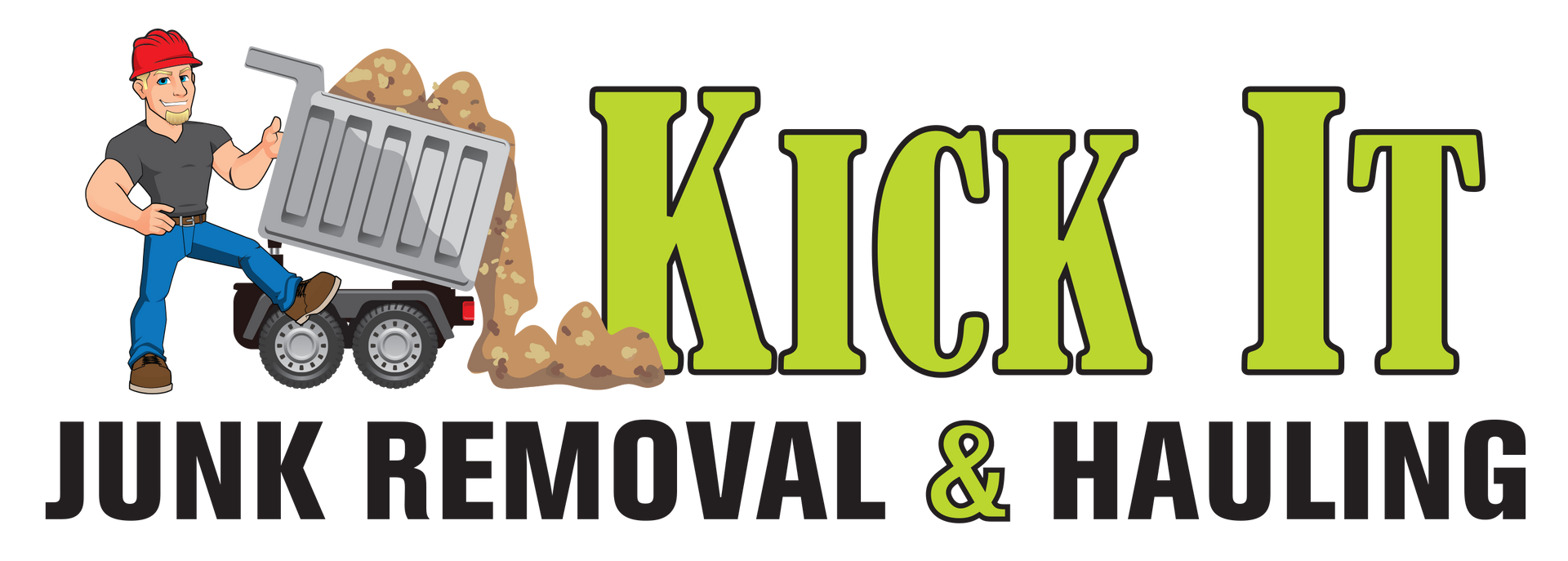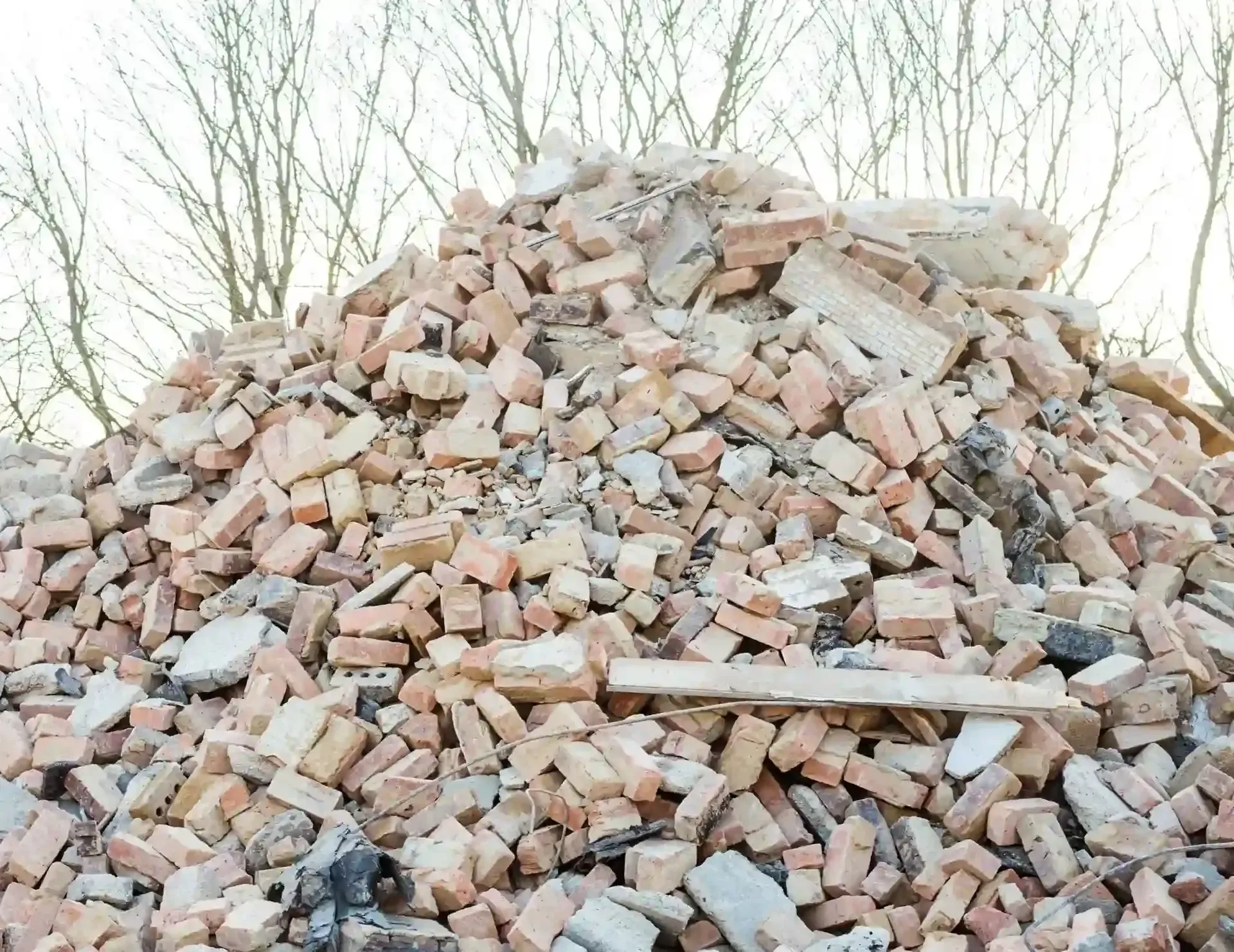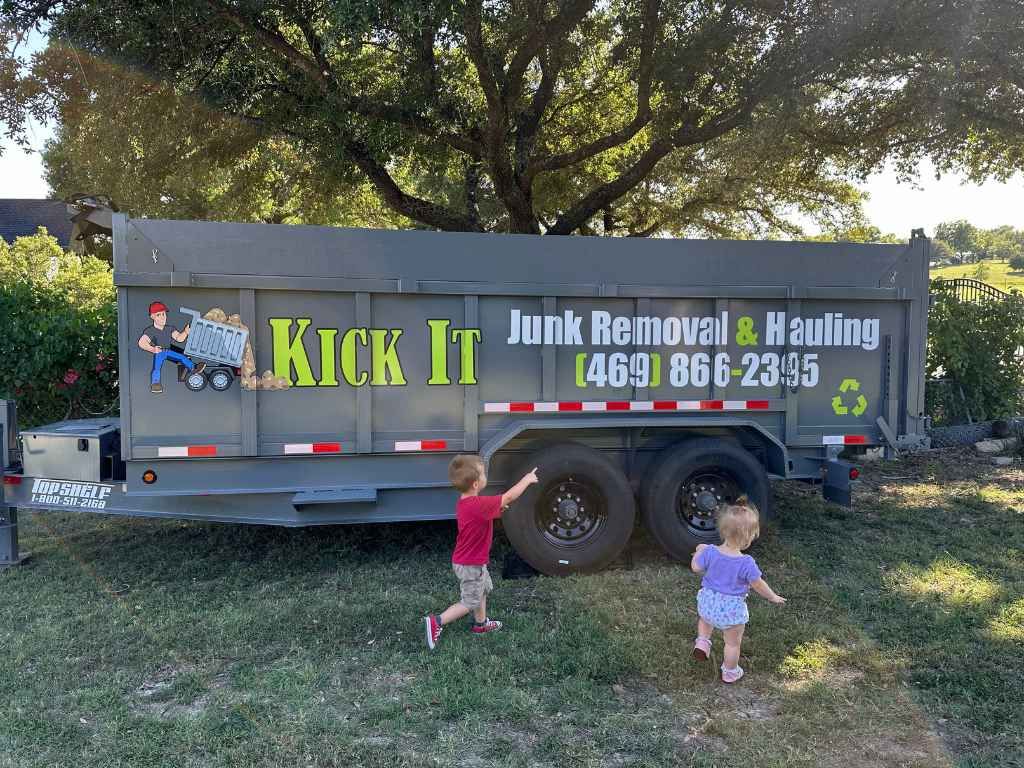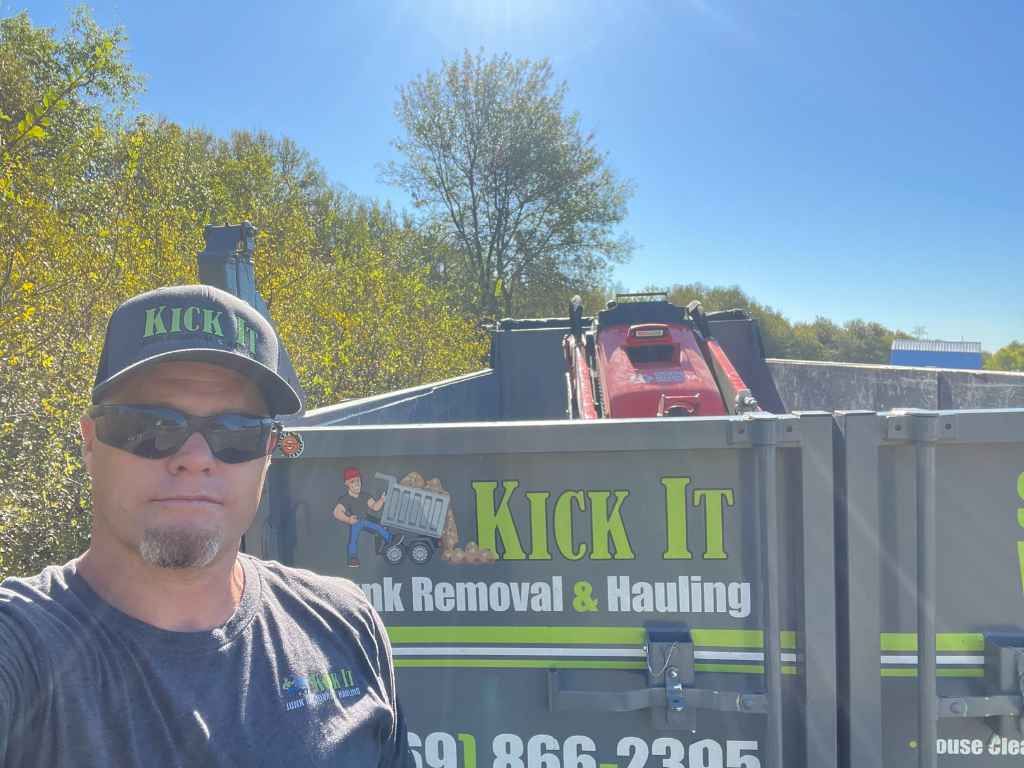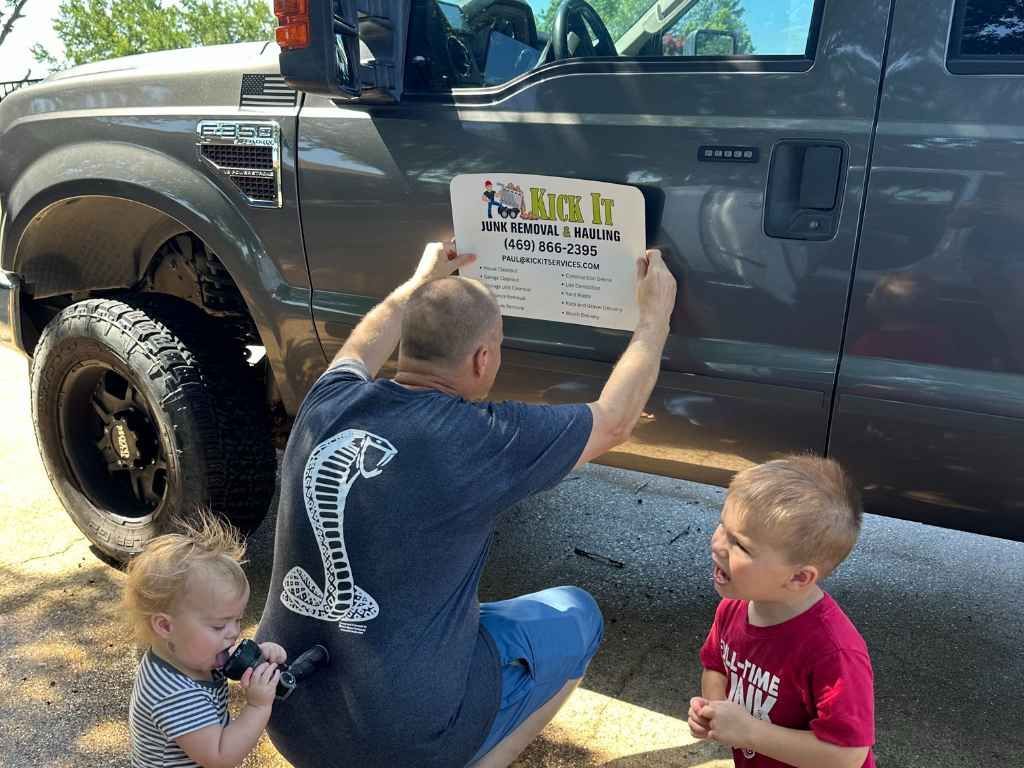Tips for Concrete Removal and Disposal
Concrete removal and disposal is no small feat. Whether you’re upgrading your driveway, tearing down an old patio, or clearing space for new construction, the process can be complex and physically demanding. It’s not just about breaking up the concrete, but also about understanding the proper disposal methods, safety measures, and environmental considerations.
With the right tools, techniques, and strategies, however, you can navigate this task effectively. This guide will walk you through some of the best practices for concrete removal and disposal. From preparation to safety to choosing the right disposal methods, we’ll cover everything you need to know to ensure the job is done efficiently and responsibly.
Understanding the Basics of Concrete Removal
Before you start demolishing concrete, it’s important to understand why concrete is so durable and why it requires specialized techniques for removal. Concrete is made by mixing cement, sand, gravel, and water. Once the mixture sets, it forms a strong, durable surface that can withstand a lot of wear and tear. However, this durability can work against you when you need to remove it.
Concrete removal involves breaking down this strong surface in a controlled manner, and there are several methods for doing so depending on the size of the job and the tools available.
Step 1: Preparing the Area for Concrete Removal
Preparation is key to a successful concrete removal project. Start by evaluating the site and clearing any debris or obstructions around the concrete area. If there’s any vegetation or grass in the way, it should be removed to prevent damage to your equipment and ensure a clean removal.
- Mark the Removal Area: Clearly define the section of concrete that needs to be removed. Use chalk or spray paint to mark the edges, ensuring precision when cutting or breaking the concrete.
- Consider the Surroundings: If you’re working near structures, sidewalks, or landscaping, make sure you protect these areas. Use tarps, plastic sheeting, or boards to shield adjacent surfaces from flying debris or dust.
- Ensure Accessibility: Check the accessibility of the area for large equipment like jackhammers, excavators, or concrete saws. Make sure there’s a clear path for heavy machinery to maneuver and access the site.
Step 2: Breaking Up the Concrete
Once the area is prepared, it’s time to break up the concrete. Depending on the size and thickness of the slab, this can be done in a number of ways.
- Manual Methods: For smaller projects, you may be able to use a sledgehammer and a pry bar. This method works well for thinner slabs or smaller patches of concrete but requires considerable effort and time.
- Power Tools: For larger slabs or more extensive demolition, you’ll need power tools. A concrete saw can be used to make precise cuts, and a jackhammer is effective for breaking up the slab into smaller, manageable pieces. A hydraulic breaker or a demolition hammer is another powerful tool that can help break up tougher concrete.
- Excavators and Backhoes: For large-scale demolition, especially when dealing with foundation concrete or entire driveways, excavators or backhoes are often used. These machines can efficiently dig into the concrete and remove it in large sections.
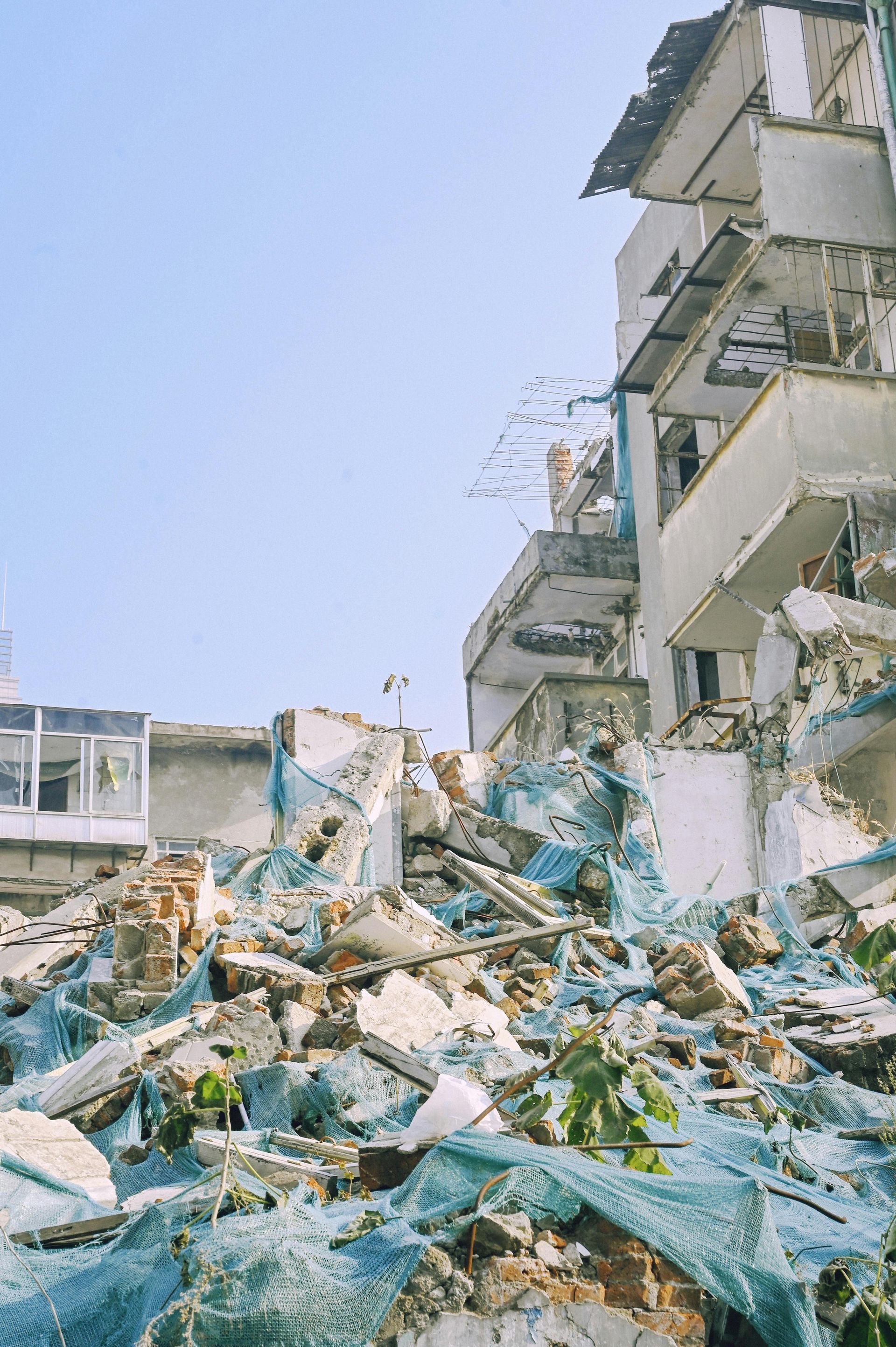
Step 3: Breaking the Concrete into Smaller Pieces
When breaking up large concrete slabs, the pieces should be broken into smaller chunks that can be handled more easily. This step is crucial for ease of disposal and to avoid leaving large, cumbersome chunks behind that may be difficult to handle.
Use a sledgehammer or concrete saw to divide the larger sections into smaller, manageable pieces. If you’re using a jackhammer or hydraulic breaker, the concrete will naturally break into smaller pieces as the machine works through the slab.
Step 4: Removing the Concrete Debris
Once the concrete is broken into pieces, the next step is to remove it from the site. If you’re working on a small project, you can often load the debris into wheelbarrows or trash bins for disposal. However, larger projects may require more industrial solutions.
- Dumpsters and Bins: Renting a dumpster or debris bin can be a convenient way to collect the broken concrete. Be sure to choose a dumpster that is large enough for the amount of debris you expect to generate. Make sure you place the bin in a location that is easily accessible for loading.
- Heavy Equipment: For very large-scale removals, you may need to use cranes or skid steers to lift and transport large chunks of concrete. These machines can save time and effort by carrying heavy loads to a disposal site.
Make sure to take proper precautions when handling heavy debris. If you’re working on a large-scale project, don’t hesitate to hire a professional junk removal company to help with the heavy lifting.
Step 5: Disposing of Concrete Debris Responsibly
Disposing of concrete waste requires careful planning to ensure that it’s done responsibly and in compliance with local regulations. Concrete is a recyclable material, and it’s important to choose a disposal method that supports sustainability.
Recycling Concrete
Instead of simply sending the concrete to a landfill, consider recycling it. Concrete can be crushed and repurposed for use in road construction, as aggregate in new concrete, or in landscaping applications like creating gravel paths or drainage systems. Many recycling facilities accept concrete waste, and it’s often cheaper than landfill disposal.
To recycle concrete, simply take it to a local recycling facility that specializes in construction debris. These facilities will have the equipment needed to crush and repurpose the concrete, allowing it to be used again in various construction applications. Some facilities even offer pick-up services, making it easier to dispose of the material.
Landfill Disposal
If recycling is not an option for your concrete removal project, you can take the debris to a local landfill. However, this should be considered a last resort since landfills often charge high fees for construction debris. Be sure to research local landfills to find one that accepts concrete and check their pricing.
Step 6: Cleaning the Area
Once all the debris is removed, take some time to clean the area. This may involve removing any leftover dust, debris, or small concrete pieces that were missed during the initial cleanup. You might need a broom or a pressure washer to fully clean the site.
Cleaning the area is essential if you plan to use it for new construction or landscaping. It also helps to prevent any damage to the surrounding environment caused by leftover materials.
Safety Tips for Concrete Removal
Removing concrete can be dangerous, especially when using power tools or heavy machinery. Here are a few key safety tips to help you avoid accidents and injuries:
- Wear Protective Gear: Always wear heavy-duty gloves, safety glasses, steel-toed boots, and a hard hat. This will protect you from flying debris, sharp edges, and falling objects.
- Use the Right Tools: Don’t attempt to remove concrete with inappropriate tools. Use power equipment designed specifically for concrete removal to ensure efficiency and safety.
- Work with a Team: Concrete removal is a labor-intensive job that’s often best tackled with a team. Having multiple people on hand can help you handle larger pieces of debris and improve safety on the site.
- Take Breaks: The physical demands of concrete removal can be strenuous, so make sure to take regular breaks to avoid fatigue.
Hiring Professionals for Concrete Removal
If the task seems too overwhelming or if you lack the necessary equipment, it may be a good idea to hire a professional concrete removal service. Professionals have the experience, knowledge, and tools to efficiently remove and dispose of concrete debris. They also have access to specialized equipment, which can save you both time and money.
In addition to removing the concrete, many junk removal companies offer hauling services, so you won’t need to worry about hauling the debris away yourself. A professional service will also ensure that the concrete is disposed of in an environmentally responsible manner.
Expert Tips for Efficient Concrete Removal and Disposal
When undertaking concrete removal, proper planning is essential to make the process smoother. Understanding the tools required for breaking down concrete, such as jackhammers, power saws, and excavators, ensures you’re well-equipped for the job. Additionally, it’s important to consider safety measures, such as wearing protective gear and clearing the area of any obstructions to reduce risk. Proper preparation prevents accidents and enhances the effectiveness of your removal strategy.
Once the concrete is broken into manageable pieces, the next step is disposal. Concrete can often be recycled, reducing the environmental impact of your project. Many recycling facilities accept concrete, allowing you to repurpose the material for new construction or landscaping. If recycling is not an option, take your concrete to a local landfill that accepts construction debris. Choosing the best disposal method is crucial for staying within budget and reducing environmental harm.
Conclusion
Concrete removal and disposal are critical parts of any home renovation or construction project. From preparing the area to selecting the right tools to disposing of the debris responsibly, every step in the process is important for ensuring the project goes smoothly and safely. By understanding the methods for concrete removal and utilizing the right equipment and techniques, you can efficiently manage the task and minimize the impact on your environment.
If you find yourself facing a large concrete removal project, or if you’d simply prefer to leave the hard work to professionals, Kick It Junk Removal & Hauling is here to assist you. Based in Forney, Texas, we specialize in concrete removal and disposal, helping you tackle even the most challenging tasks. Reach out to us at 469-866-2395 or email Paul@kickitservices.com for all your concrete removal needs.
